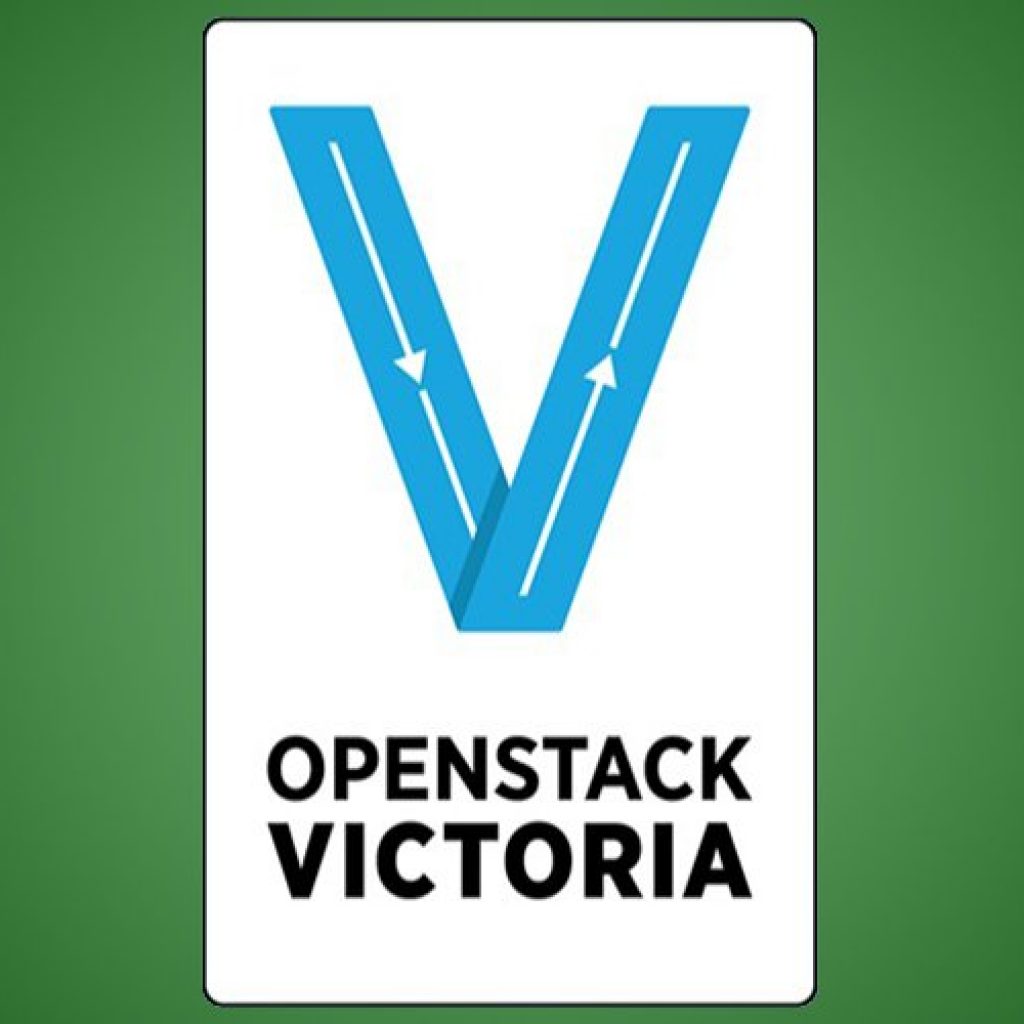OpenStack announced the release of its popular open-source cloud infrastructure software, Victoria.
OpenStack announced the release of its 22nd version of its cloud infrastructure software. The latest version, Victoria, brings additional Kubernetes integration, diverse architectures support, and solutions for complex networking issues. For the release, OpenStack received over 20,000 code changes by 794 developers from 160 different organizations and over 45 countries.
New Features in Victoria
Additional native integration with Kubernetes
- Kuryr has implemented support for custom resource definitions (CRDs). Kuryr will no longer use annotations to store data about OpenStack objects in the Kubernetes API. Instead, corresponding CRDs (KuryrPort, KuryrLoadBalancer, and KuryrNetworkPolicy) are created.
- Tacker, an OpenStack service for NFV orchestration, has added support for additional Kubernetes objects and VNF LCM APIs and has created an additional way to read Kubernetes object files and CNF definitions from artifacts provided in the CSAR package. In addition, Tacker has implemented ETSI NFV-SOL standard features (life-cycle management, scaling, VNF operation, etc.) and added a Fenix plugin for rolling updates for VNFs with Fenix and Heat.
- Ironic had a 66% increase in activity compared to the OpenStack Ussuri cycle. It introduced better support for standalone usage in Kubernetes or edge environments, through the decomposition of the various deployment steps and features like provisioning without BMC credentials or DHCP-less deployments.
More support for diverse architectures and standards
- The Cyborg API now supports a PATCH call allowing to directly program FPGAs using pre-uploaded bitstreams. The Victoria release also added support for Intel QAT and Inspur FPGA accelerators.
- Vitrage added support for loading data using the TMF639 standard Resource Inventory Management API.
- Octavia now supports HTTP/2 over TLS using Application Layer Protocol Negotiation (ALPN), as well as allows specifying minimum TLS versions accepted for listeners and pools.
- Ironic had a 66% increase in activity compared to the OpenStack Ussuri cycle and added more security for edge deployments by combining the communication flow for agent token which was added in Ussuri with the automatic agent TLS feature. Now, malicious attackers are unable to possibly intercept the “token” and through standard communication exchanges with the Ironic services.
Solutions for complex networking issues
- Neutron now provides metadata service over IPv6. Users can now use metadata service without config drive in IPv6-only networks. Neutron has also added support for flat networks for Distributed Virtual Routers (DVR), Floating IP port forwarding for the OVN backend, and router availability zones in OVN.
- Octavia load balancer pools now support version two of the PROXY protocol. This allows passing client information to member servers when using TCP protocols. PROXYV2 improves the performance of establishing new connections using the PROXY protocol to member servers, especially when the listener is using IPv6.
- Kuryr has added support for the autodetection of VM bridging interface in nested setups.
Source: Cloud7.news
